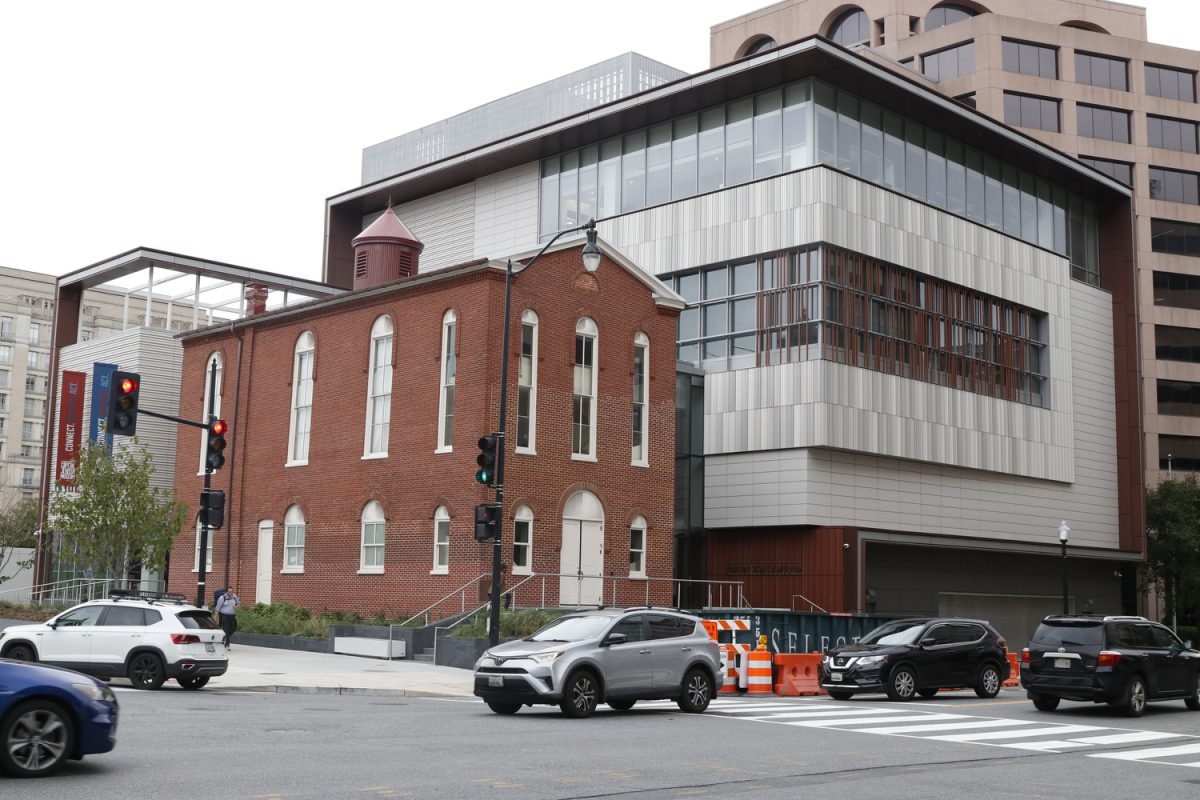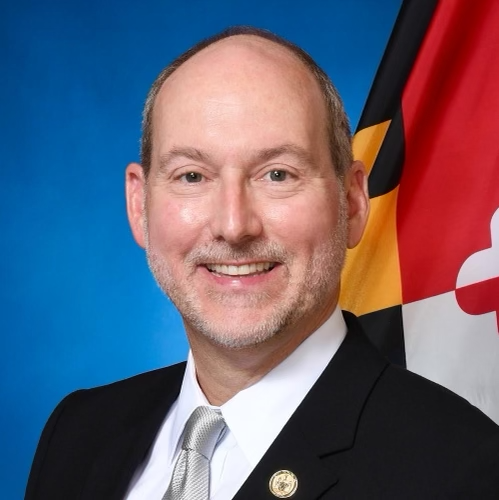Mo’ museums, no problem.
The Capital Jewish Museum, which opened in Penn Quarter in June, is an exploration of Jewish culture in the District — past and present. The museum features exhibits on Judaism in Washington and famous Jewish figures, including an exhibit on the “Notorious RBG,” and is even itself a part of history, serving as the new home for a synagogue that first opened in the 1800s.
“Almost 150 years after the region’s first purpose-built synagogue was dedicated, the Capital Jewish Museum figuratively and literally connects the story of Jewish Washington’s past, present, and future,” said Esther Safran Foer, the museum’s president, on the organization’s website.
Maura Scanlon, a communications specialist for the museum, said the new series of exhibits is an expansion of the Jewish Museum, a collection founded in the 1970s. She said members of the Jewish Historical Society of Greater Washington, who operated the original museum, realized there was a need for a larger space to show off more of their collection, which prompted the move to the new Third Street NW location.
Scanlon said the museum’s goal is to delve into the history of the Jewish community in the District. She said the purpose of the exhibits isn’t just to reflect on this specific past but instead to also give people the chance to connect with their Jewish identity in the present.
The museum opened June 9, the anniversary of the dedication of the Adas Israel Synagogue housed within the museum. The tiny brick house of worship that now sits next to the glass, uber-modern museum first opened in 1876 and has been moved three times throughout its multicentury history, with the current iteration featuring restored pews and a film about the Synagogue’s history.
In addition to the ancient synagogue, the museum features two permanent exhibits. One, entitled “Connect. Reflect. Art.”, tells the life stories of 100 Jewish Washingtonians like Michael Twitty and U.S. Attorney General Merrick Garland through colorful blocks draped in pictures, job titles and life stories. The section also contains a map showing how the Jewish community has moved throughout the D.C. area.
Scanlon said the cubical section emphasizes to visitors the multidimensionality of Judaism. She said it showcases being Jewish means someone can be anything from a poker player to a jurist.
“What is Jewish Washington?” — the other permanent exhibit — is a classic historical museum exhibit like one might encounter in a Smithsonian. The section is full of old-timey D.C. photographs and other artifacts to tell the whole nearly 250-year-long story of the growth of the Jewish community in the District.
The final piece of the museum visit is an exhibit called “Notorious RBG: The Life and Times of Ruth Bader Ginsburg,” on display through Nov. 30, inspired by the book of the same name. The exhibit bridges new and old, including everything from archival photographs to interactive activities to tell Ginsburg’s story. Plus, as a nod to rapper The Notorious B.I.G., from whom Ginsburg got the “notorious” nickname, each part of the gallery is named after one of Biggie’s songs or lyrics like a section called “Don’t Let ‘Em Hold You Down, Reach For the Stars” from the track “Juicy.”
Scanlon said the museum organized events even before doors opened. Last October, they organized a Capital Jewish Food Festival at which vendors from around the District brought their culinary stylings just outside the museum’s doors.
She said last month the museum held a block party with local food trucks and folk jazz tunes from D.C.-based band Minnush, who combine their traditional Spanish and Jewish Sephardic heritage with modern influences. The event was held the week before Rosh Hashanah to commemorate the high holiday and continue the summerlong celebration of the museum’s opening.
Scanlon said the museum isn’t just about engrossing people in new exhibits or throwing events, but instead forming bonds in the D.C. Jewish community. She said she hopes the synagogue and museum as a whole can give people a place to connect with their Jewish heritage, whether they attend synagogue every week or are a Hebrew school dropout.
Hannah Spiegeler contributed reporting.



